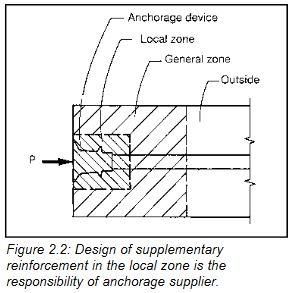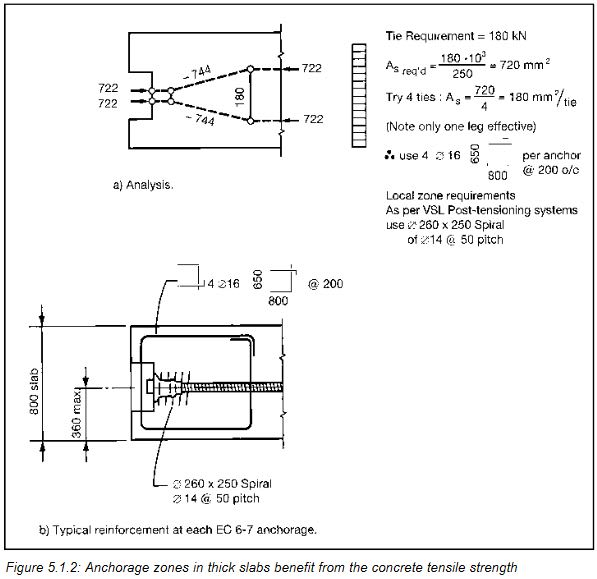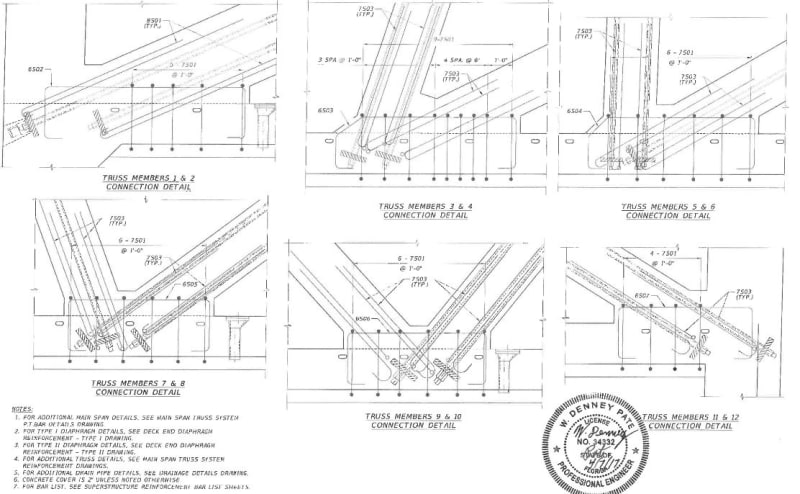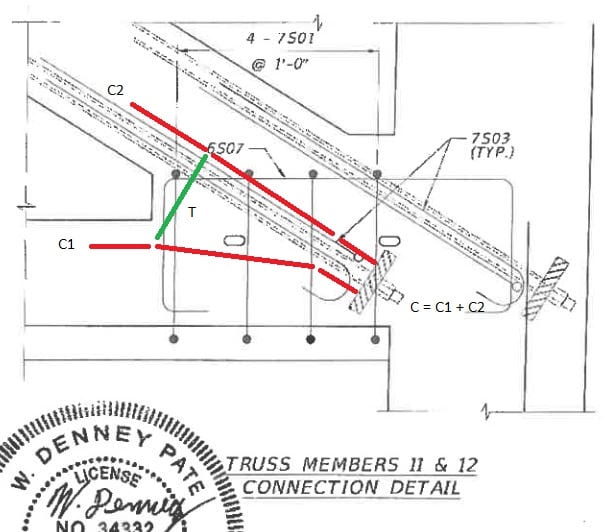Understood. I apologize if my questions are causing us to go back over material that's been covered before- but for someone not at all versed in the minutiae of concrete design, this thread is like drinking from a firehose. It's terribly interesting but there's an overwhelming amount of information.
Re: reinforcement schedules shown in the post above:
The reinforcement shown looks to me (a non-concrete reinforcement engineer) to be remarkably light, compared to the references.
Much of it appears to be located in the 'general zone' and beyond (as described in TheGreenLama's reference graphic 2.2), especially at the critical 11/12 node.
Is localized crushing under the PT tendon fittings, where there appears to be almost no confinement reinforcement in the local zone, the potential initial failure mode the structural guys are seeing?
In the case of the upper tendon at #12, only the L-hooked bars appear to pass through the 'local zone' at that tendon's fitting, and based on the references I don't see how those bars provide much confinement since they develop tension (and appear to provide confinement) in only one axis.
When reinforcement schemes are analyzed, are bars loaded in bending considered to provide reinforcement, are are they disregarded?




